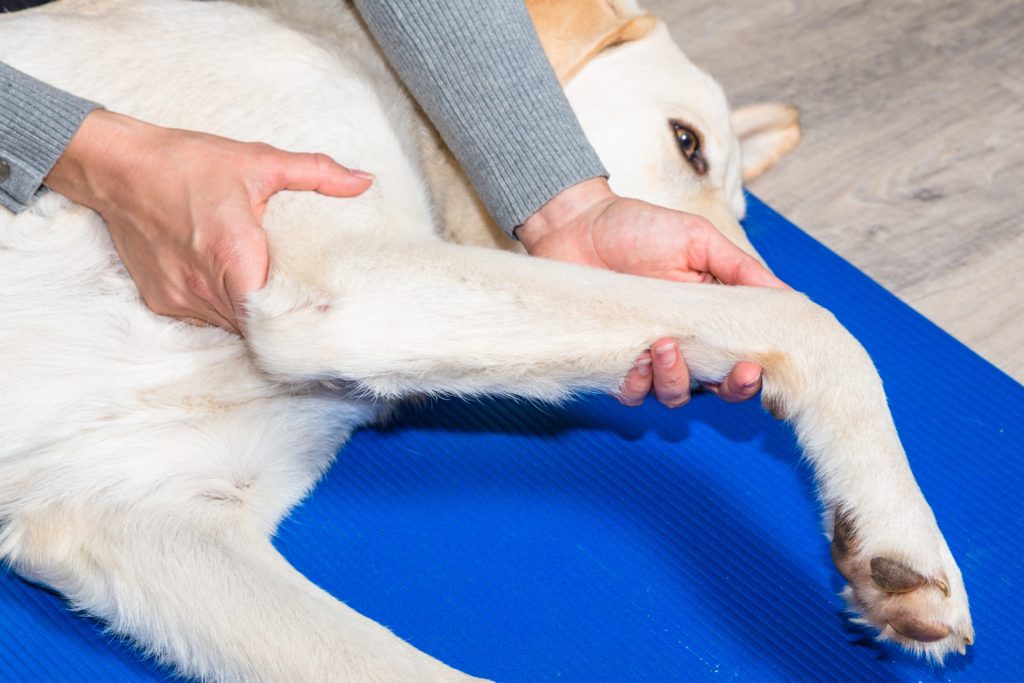Therapeutic Massage for Arthritis in Pets
As most of you know by now, arthritis is one of the most common diseases that afflicts pets. In fact, according to most estimates, 1 in 5 dogs is affected by osteoarthritis. Additionally, it is estimated that 40-92% of cats are affected by arthritis. There are numerous potential treatment modalities for arthritis including medications, rehabilitation, and even VetStem Cell Therapy. Another emerging treatment option is therapeutic massage.
Complementary Arthritis Treatments
When it comes to treating arthritis, a multimodal approach may be best. For instance, some pets may benefit from treatments such as rehabilitation or acupuncture, in addition to nonsteroidal anti-inflammatory drugs (NSAIDs) or other pain medications. The goal is for these treatments to complement one another to help make the animal more comfortable. One such treatment that is arguably underutilized is therapeutic massage.

Massage Therapy for Arthritis in Pets
Though it has been used for some time in human medical conditions, massage therapy is still an emerging field in the veterinary world. Unfortunately, studies of effectiveness are severely lacking. That being said, some human data, in addition to anecdotal evidence, suggests that massage therapy may be useful to improve the quality of life in pets suffering from arthritis pain.
Benefits of Massage Therapy for Arthritis in Pets
Massage therapy has multiple benefits that may lead to a reduction in arthritis symptoms. Most notably, massage promotes healthy blood flow to muscles throughout the body. This is particularly helpful to animals that have reduced activity and movement due to arthritis pain. By keeping muscles healthy and reducing atrophy, massage helps to facilitate healthy use of the body by maintaining muscle and joint function for as long as possible.
That being said, this field of therapy is still emerging so you likely won’t find it at every veterinary hospital. Additionally, the laws vary by state regarding who can legally practice massage therapy. As with any new treatment option, it is wise to do your own research and consult with your veterinarian to help make the most informed decisions for your pets.



